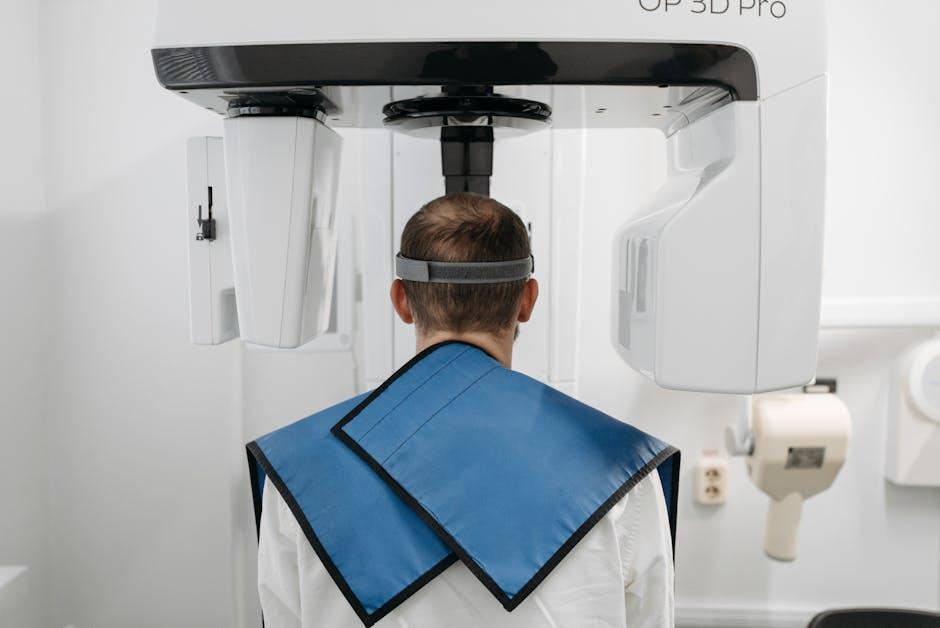
3D Scans & Future Dental Tech with Zelko Relic, Align Technology – TechInformed
Dental technology is evolving at an unprecedented pace, driven largely by innovations in 3D scanning and digital solutions that are transforming how dentists diagnose, plan, and treat patients. One of the industry leaders spearheading this revolution is Align Technology, alongside visionary experts like Zelko Relic. In this article, we dive deep into the world of 3D scans in dentistry, explore future dental tech trends, and uncover how these advancements are reshaping patient care for better outcomes.
Understanding 3D Scans in Dentistry
3D scanning in dentistry refers to the use of advanced imaging technology to create highly accurate, three-dimensional digital representations of the patient’s oral cavity. These digital impressions replace traditional uncomfortable molds and offer significant advantages in precision and ease of use.
Key Technologies Behind 3D Dental Scanning
- Intraoral scanners: Handheld devices that take quick, detailed scans inside the mouth.
- Cone Beam Computed Tomography (CBCT): Provides volumetric 3D images, essential for implant planning and complex diagnostics.
- Desktop dental scanners: Used for scanning physical impressions or models for digitization.
The Role of Zelko Relic and Align Technology
Zelko Relic is recognized for his pioneering contributions to digital dentistry and innovative applications of 3D scanning technology. Partnering with Align Technology, best known for the revolutionary Invisalign system, they are driving forward the integration of 3D scans into everyday dental practice, improving both precision and workflow efficiency.
Align Technology’s development of proprietary scanning devices like the iTero™ intraoral scanner has been crucial in accelerating the adoption of digital workflows globally. Zelko Relic’s expertise in clinical application and research complements this technology, making the digital dentistry ecosystem more accessible and effective.
Benefits of Align Technology’s 3D Scanning Solutions
| Benefit | Description |
|---|---|
| Accuracy | Highly precise digital impressions reduce errors in restorations and aligners. |
| Speed | Faster scans mean reduced chair time and quicker treatment planning. |
| Patient Comfort | Non-invasive scanning replaces uncomfortable traditional molds. |
| Seamless Workflow | Digital models integrate smoothly with CAD/CAM systems for manufacturing. |
| Remote Collaboration | Digital files allow easy consultation and planning with specialists anywhere. |
Future Dental Tech Trends Shaped by 3D Scanning
The dental industry is on the brink of even more transformative changes fueled by 3D scanning. Here’s what the near future holds:
1. AI-Powered Diagnostics
Artificial intelligence algorithms will leverage 3D scan data to detect dental diseases earlier, predict treatment outcomes, and customize plans with unprecedented precision.
2. Personalized Dentistry
3D scanning combined with bioinformatics will enable personalized dental devices—crowns, aligners, implants—tailored exactly to a patient’s anatomy and lifestyle.
3. Integration with Augmented Reality (AR)
Augmented reality tools will overlay 3D scan data during procedures, guiding clinicians in real time for enhanced accuracy and patient safety.
4. Fully Digital Dental Clinics
From patient intake to treatment delivery, clinics will operate entirely digitally, with 3D scanning and printing reducing lead times and costs.
Practical Tips for Dental Professionals Using 3D Scans
- Training: Invest in comprehensive education on intraoral scanning techniques to maximize accuracy.
- Patient Communication: Use 3D visuals to explain procedures, improving patient trust and compliance.
- Maintain Equipment: Regularly calibrate and clean scanners to ensure consistent performance.
- Integrate Software: Choose compatible CAD/CAM systems to streamline workflow from scanning to restoration.
- Stay Updated: Follow industry leaders like Zelko Relic and Align Technology for the latest innovations and best practices.
Case Study: Improving Orthodontic Outcomes with iTero Scanner
A mid-sized orthodontic practice integrated Align Technology’s iTero intraoral scanner into their diagnostics process. Before implementation, treatment planning often took weeks, with multiple appointments needed for traditional impressions.
After adopting 3D scanning:
- Scan acquisition time reduced by 60%.
- Patient reports of discomfort during impressions dropped dramatically.
- Treatment accuracy and aligner fit improved, reducing adjustments by 25%.
- Practice revenue increased due to shorter treatment durations and higher patient referrals.
Firsthand Experience: Zelko Relic on the Digital Transformation
In a recent TechInformed interview, Zelko Relic emphasized, “3D scanning is not just a tool, it’s a game-changer in how we conceptualize and deliver dental care. With technology advancing so rapidly, embracing digital dentistry isn’t optional anymore—it’s essential for patient-centered care.”
He further highlighted the importance of continuing research and collaboration between clinicians and tech companies like Align Technology to keep pushing boundaries and democratizing access to advanced dental care worldwide.
Conclusion
The future of dentistry is undeniably digital, and 3D scanning sits at the heart of this transformation. Through the visionary work of experts like Zelko Relic and innovative companies such as Align Technology, dental professionals now have tools that enhance precision, reduce patient discomfort, and streamline workflows. The adoption of 3D scans and related future technologies promises improved treatment outcomes, greater patient satisfaction, and a new era of personalized, efficient dental care.
If you’re a dental professional looking to stay ahead, embracing 3D scanning technology today is a critical step towards shaping tomorrow’s practice.


